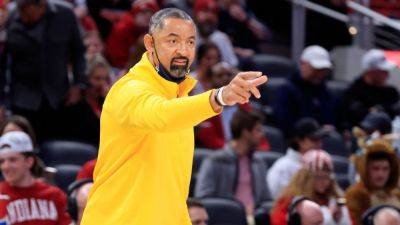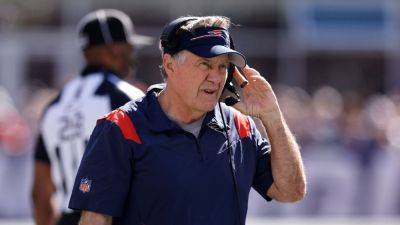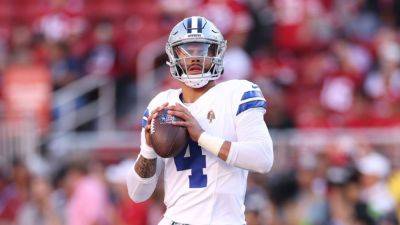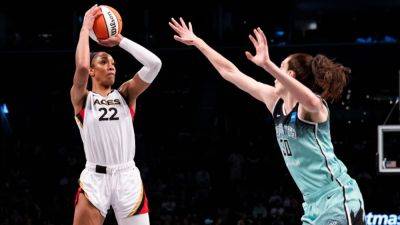Going for 2 down 8 points: Explaining NFL analytics strategy - ESPN
Editor's note: This story originally ran on Nov. 11, 2019. We're bringing it back after the Green Bay Packers successfully pulled it off as part of a comeback victory over the New Orleans Saints on Sunday. The move raised eyebrows, but for others it was a high-stakes embodiment of a long-standing strategy in analytics circles: Going for two down eight late in the game is generally the correct move. And more and more, it's a move head coaches are willing to make.
An NFL team is down by 14 points in the fourth quarter, and it scores a touchdown to pull within eight. The consensus says the team should kick the extra point, right? Not so fast.
In analytics circles, attempting a 2-point conversion when down eight points late in the game has long been discussed as a slam dunk decision that NFL coaches should make. Recently, it has become a choice that some coaches actually do make.
Between 2000 and 2017, there were only two instances in which a team was down 14 points, scored a touchdown to cut the deficit to eight and went for two on purpose (excluding aborted PAT attempts). And one was in a snowstorm, when kicking can be adventurous. Since the start of 2018, it has happened 24 times (including playoffs), the most recent being the Packers' attempt on Sunday.
So what is going on, and why do advanced statistics favor this strategy? Here is your guide to a trend that is gaining steam in the NFL:
Because the odds of converting a 2-point conversion once in one try are higher than failing twice in two tries.
Assuming the team is going to score another touchdown — none of this matters if it doesn't — and prevents the opponent from scoring again, going for two now gives it an informational advantage that indicates what to do after








